Of the mushroom (Boletus edulis), in Austria Male mushroom called, is considered to be the finest and tastiest of the local mushrooms. Ceps are tubular mushrooms with a bulbous stem and a hat diameter of up to 20 centimeters, although much larger specimens can also be found.
What you should know about porcini mushrooms

The fungus occurs naturally in deciduous, mixed and coniferous forests in Europe, Asia and North America. It has been successfully established in other regions, but it cannot be bred.
The main harvest time is from July to October. With its fawn-brown cap, the pale yellow to yellow-greenish tubes, which peel off easily but do not discolour under pressure, as well as its strong stem, it can only be confused with the inedible bile bitterling. Its reddish tubes and network structure of the stem are clear distinguishing features. The porcini mushroom has a firm fruit body and an intense, nutty-buttery taste. This is not lost during preparation and can be easily combined.
The fresh mushroom smells intensely of forest. It is suitable for hearty game dishes as well as for pasta sauces and for grilling. For hygienic reasons, like all wild mushrooms, it should not be consumed raw. Young, smaller mushrooms with firm pulp are preferred when collecting. Porcini mushrooms are protected in Germany and may only be collected in small quantities for personal use.
Importance to health
As a seasonal and expensive food, the boletus particularly enriches warm meals, but is more of a delicacy and not an everyday dish. Due to its noble taste and its versatility, it is used in many regional dishes in its area.
Because it is only consumed infrequently and in small quantities, its importance for health is only moderate. However, certain valuable ingredients of the boletus can contribute to a balanced diet. In the food pyramid, mushrooms can be classified almost at the base and in the same field as vegetables: above beverages such as water and tea, but below whole grain products and legumes.
Most vegans use mushrooms as a welcome change in their diet. Protein, vitamins and trace elements help to avoid deficiency symptoms in this diet. Since porcini mushrooms are only collected from the wild, there are no concerns about possibly unethical breeding methods.
Ingredients & nutritional values
Porcini mushrooms contain a relatively high amount of protein at four percent for mushrooms. However, their minerals and trace elements are more important. With around 89 kcal, 100 grams of boletus provide an adult with more than half of their daily B5 and almost three quarters of their folic acid requirements. The content of vitamin B3 (40 percent) and zinc (44 percent of the daily requirement of an adult) is also considerable. In addition, porcini mushrooms are low-fat (1.7 percent fat content) sources of fiber.
These raw fibers mainly consist of hard-to-digest chitin, hemicellulose and carbohydrates - a combination that is desirable for human digestion. The water content of porcini mushrooms varies depending on the collection point and growing conditions and is usually 80 to 90 percent. Since boletus, like all wild mushrooms, can store toxic heavy metals, the German Nutrition Society recommends not consuming more than 250 grams per week.
Intolerances & allergies
One of the best-known allergies and intolerances is a congenital or acquired intolerance to the protein of the fungus. Symptoms of such a reaction include stomach pain, nausea and vomiting, but allergic skin reactions (eczema), a runny nose and severe breathing problems are also possible.
If there is such a mushroom intolerance, the consumption of mushrooms and mushroom products must be avoided completely. The frequency of allergies to mushrooms is roughly the same as that to mold. Intolerance can also consist of a deficiency or absence of the enzyme trehalase, in which case the human body cannot digest a carbohydrate of the fungus and reacts accordingly. Symptoms worsen with continued use. Unlike many other wild mushrooms, the boletus does not have poisonous ingredients that are only destroyed by thorough cooking, braising or frying. Nevertheless, it should always be heated before consumption in order to exclude infection with the fox tapeworm.
Many people cannot tolerate the combination of mushrooms and alcohol. Consumption of alcohol in connection with a boletus meal is therefore not recommended. Porcini mushrooms and boletus dishes are highly perishable. We therefore strongly advise against consuming mushrooms or mushroom dishes that are no longer fresh.
Shopping & kitchen tips
Fresh porcini mushrooms come from July to November mostly from Eastern Europe or the Balkan countries. Out of season, they are often imported from South Africa and then have already had a long journey and cooling phase behind them. Large, flawless specimens have their price: one kilogram of porcini mushrooms can cost 40 euros and more.
You should only buy quantities that can be prepared immediately. It is advisable to remove dirt from fresh mushrooms as dry as possible and only rinse them briefly if necessary so that they do not become soaked with water. Cleaned and dry specimens without bruises can be kept in an airy, dark and dry place for a maximum of two days, after which they should be processed as quickly as possible. Specimens with maggots or mold infestation must be disposed of immediately. When collecting mushrooms in the forest, only young, firm specimens should be taken with you.
Large, soft-fleshed or watery mushrooms are better off where they were found than in the collector's basket. Plastic bags and foils are absolutely unsuitable for the transport and storage of mushrooms. Moisture accumulates in them, and the increased temperature promotes rot and mold. The mushroom is sold much more often cut and dried, canned or frozen. Leftovers after soaking dry mushrooms should be disposed of as well as any liquid that escapes during thawing - alternatively, the frozen block is thoroughly cooked so that no thawing process is necessary before preparation.
Preparation tips
Dried mushrooms are mostly used to season and refine sauces, ragouts or savory pies; fresh porcini mushrooms are more versatile. An easy recipe for a starter is bruschetta with a porcini topping. For this, half a kilogram of mushrooms is cut into bite-sized pieces and seared in olive oil with salt.
After about half a minute, reduce the heat and continue frying for a minute or two. Then it is seasoned with black pepper, some finely chopped garlic and a few fresh rosemary needles to taste. Stir in a tablespoon of white balsamic vinegar or lemon juice, serve on roasted white bread slices rubbed with garlic.
For a pasta sauce, half a kilogram of porcini mushrooms are cleaned, cut and fried again vigorously in butter with a finely cut small onion and a tablespoon of equally finely cut ham. Salt, pepper and pour on a mug of cream or crème fraîche (at least 30 percent fat content). Bring to the boil briefly and pour over the firm pasta.

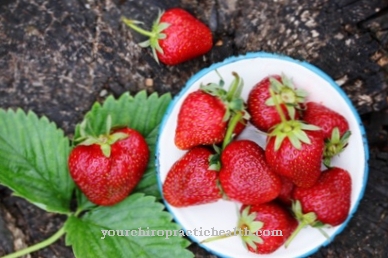
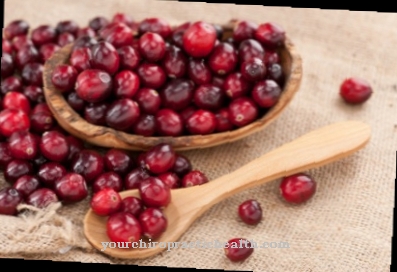
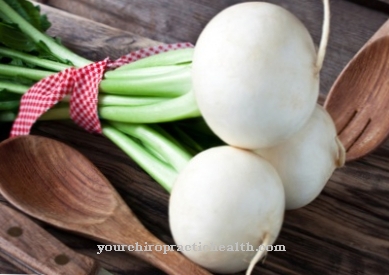
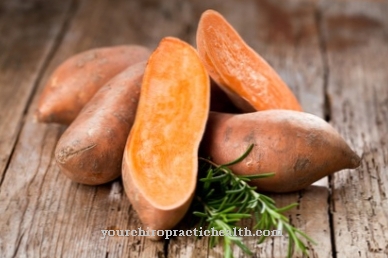
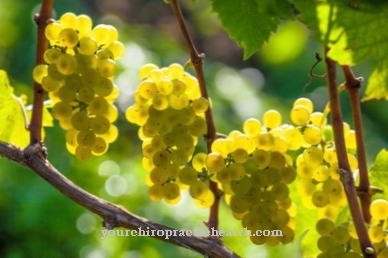
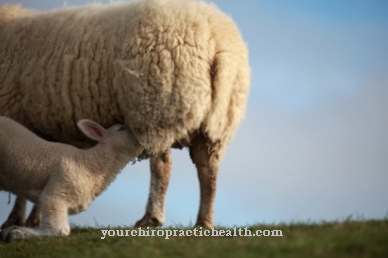






.jpg)

.jpg)
.jpg)











.jpg)